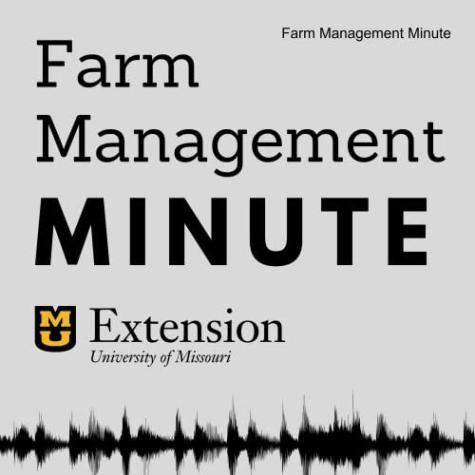COLUMBIA, Mo. – As the harvest season is underway, make time to work on your farm business to set it up for success next year. Fall is an excellent time to update your farm’s short-term operating plan, make pasture investments, check to see if you are in compliance with the Occupational Safety and Health Act, and differentiate between family and business roles.
Make a short-term operating plan
A short-term operating plan gives family members and employees the information they need to run the farm if the primary operator becomes ill or injured. University of Missouri Extension agricultural business field specialist Mary Sobba explains that a plan should help with continuing the farm’s business for two weeks to six months.
Take time now to ensure that your plan covers important details for fall farm management. For example, include fall vaccination schedules for livestock, contact information for custom harvesters, deadlines for renewing land leases, dates for loan repayment and equipment maintenance needs.
Download a template you can use to create or update a short-term operating plan at mizzou.us/ShortTermPlan.
Renovate your pastures
Fescue pasture covers millions of acres in Missouri. Most of that fescue is infected with an endophyte fungus that decreases weight gain in calves and causes breeding problems in cows.
Producers have accepted these losses for years. However, as MU Extension agricultural economist Joe Horner explains, replacing the toxic fescue with friendly endophyte fescues and native warm-season grasses is a solution to the problem.
Fall is an excellent time to make a pasture investment that can pay dividends for years, Horner says. He estimates that renovating pastures to remove toxic fescue will yield annual returns of $198 per cow.
Now is the time to start the pasture renovation process. Learn how to get started at grasslandrenewal.org.
Safeguard your employees
Keeping your employees safe in the workplace helps lower costs, reduces absenteeism and increases productivity. Now is the time to check that you are in compliance with the Occupational Safety and Health Act.
The Occupational Safety and Health Act applies to farms with at least one full- or part-time employee. It mandates, in part, that farm workplaces remove recognized hazards that could cause death or serious harm.
MU Extension agricultural economist Ryan Milhollin explains that specific requirements include displaying slow-moving-vehicle emblems on equipment traveling less than 25 mph, installing rollover protective structures on older tractors with more than 20 horsepower and completely guarding PTO drive lines on all agricultural equipment.
Read more about farm safety requirements at mizzou.us/FarmSafety.
Minimize conflict by defining family and business roles
MU Extension agricultural business field specialist Wesley Tucker says that disagreements in family farms often arise when individuals are having difficulty navigating their family and business roles.
Family farms have three types of stakeholders: family members, business owners and business employees. Stakeholders may fit in one, two or all three of these groups. By isolating family roles and business roles, farms can keep conflict to a minimum.
You can take several steps to distinguish between family and business roles, Tucker says. For example, separate business checking accounts and personal expenses, develop job descriptions for everyone who works on the farm and compensate family fairly when they do farm work.
Learn more about farm stakeholders’ responsibilities and how to solve role-related challenges at mizzou.us/FarmRoles.
These news items first aired as part of the University of Missouri Extension Farm Management Minute, broadcast each week by radio stations throughout the state. For a list of stations that run the Farm Management Minute, visit muext.us/FarmManagementMinute, or follow the series on Podbean, Amazon Music, Audible, iHeartRadio or Spotify.
